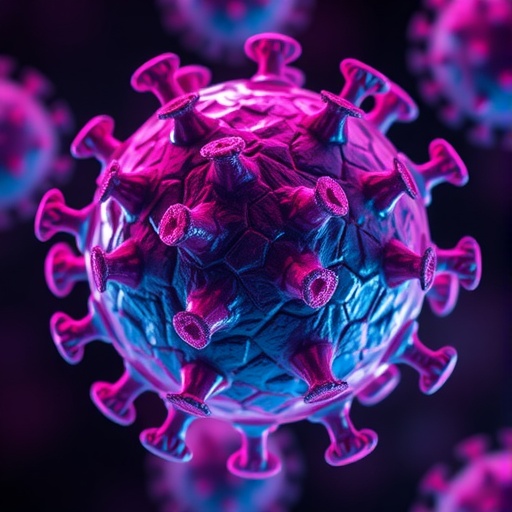The unmodified version of Ralstonia eutropha feeds on organic compounds or hydrogen and grows in the process. But when it gets stressed through a lack of certain nutrients in its diet it decides to store food for later instead. That food is stored as a polymer.
What the scientists at MIT did was to modify the bacteria so that instead of storing food as a polymer, it produces isobutanol. Isobutanol can be used as a substitute for gasoline making the usefulness of this bacteria very clear.
However, the research team aren’t finished yet. Its food source is carbon-based and work is currently underway to get it on to a diet of carbon dioxide. By doing so, Raistonia eutropha could one day eat our carbon emissions and output new fuel for us to use.
The isobutanol produced is easy to filter off as the bacteria stores it in the liquid surrounding of its body rather than internally. With that being the case, having large vats of Ralstonia eutropha producing a steady stream of fuel is highly viable. It’s also possible the bacteria could be adapted to use some of our other waste products as a food source, for example, agricultural waste.
As the whole system relies on this single bacteria it can be setup just about anywhere there’s access to a food source and a fuel storage system. That means it won’t take up valuable farming land like ethanol production does, making it a much more viable and eco-friendly long term solution if the MIT team can perfect Ralstonia eutropha’s eating habits.




